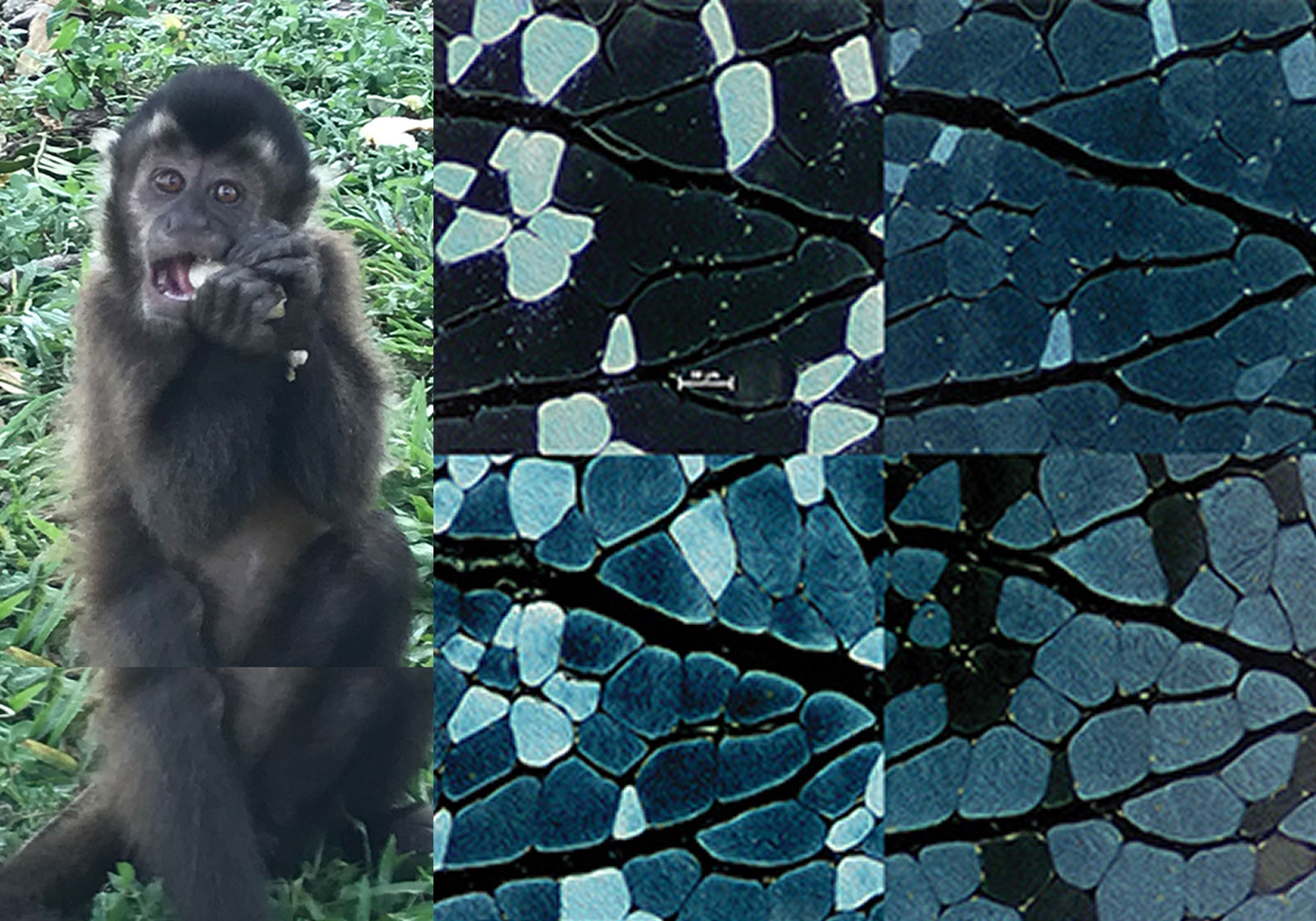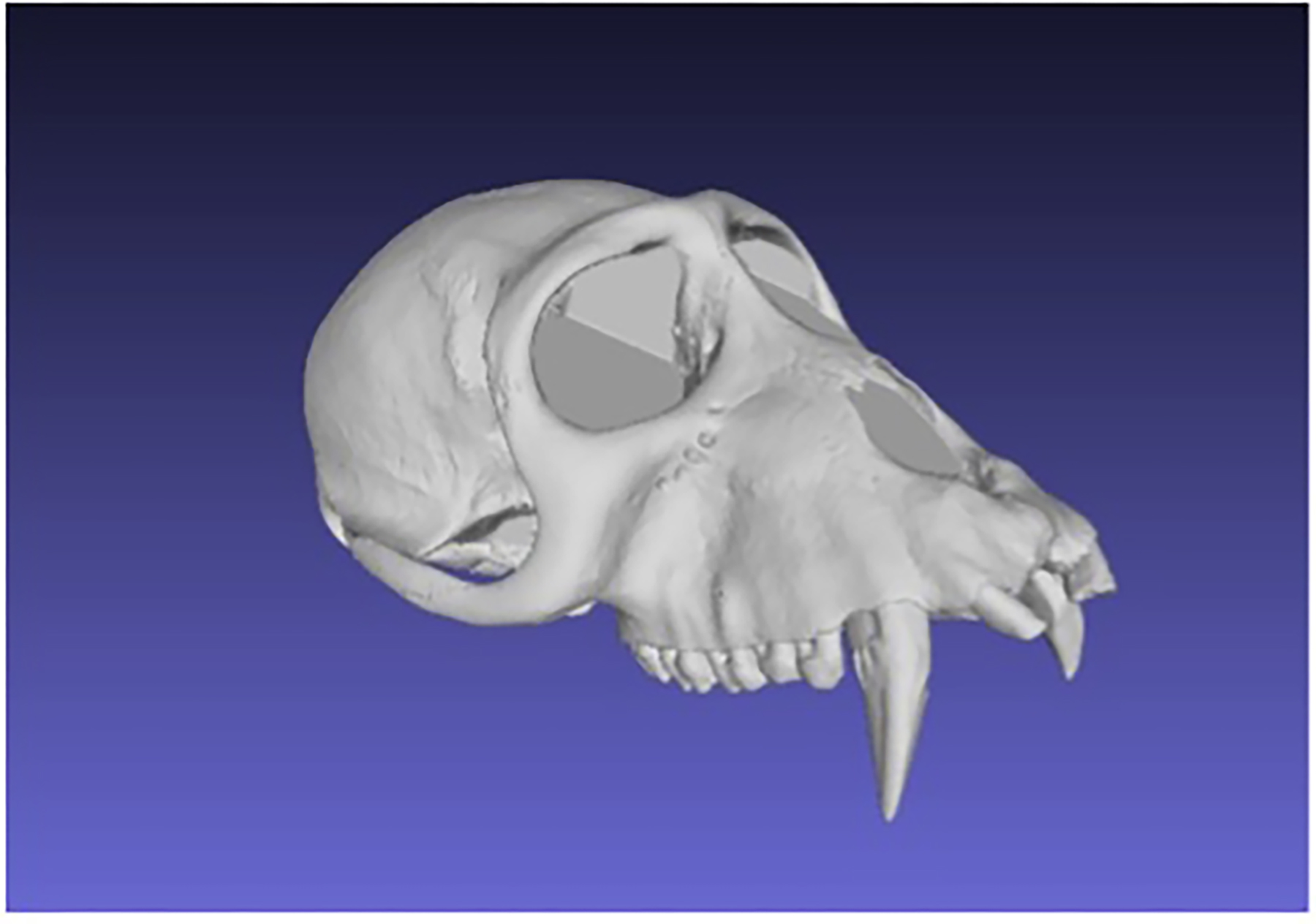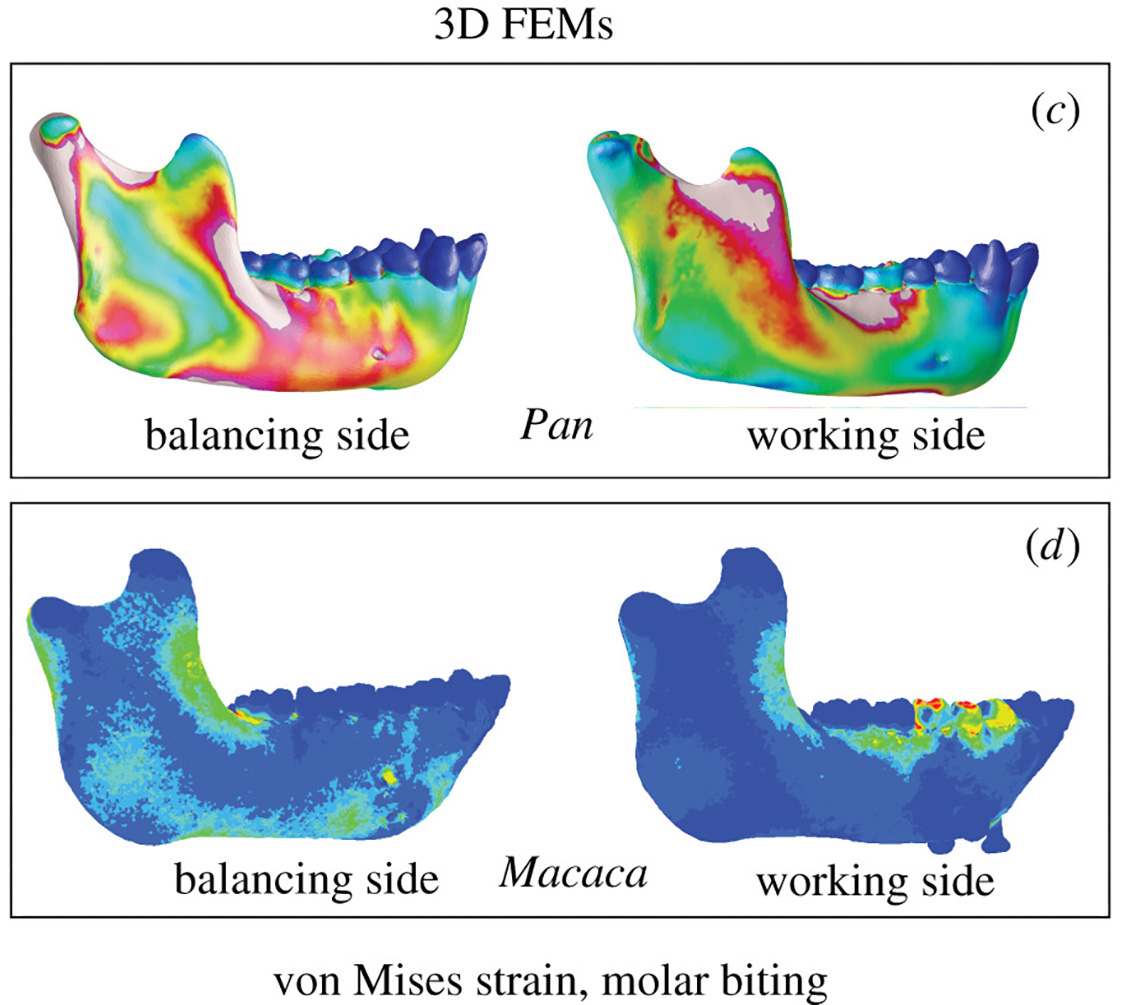
Mandibular Biomechanics and Evolution
This project uses finite element analysis to investigate the spatial and mechanical determinants of mandibular form and the extent to which these factors track changes in feeding behavior and diet in extant apes and humans, and in our early hominin ancestors (Australopithecus).

The mandible is among the best represented bony elements in the hominin fossil record, yet form-function relationships between mandibular morphology, feeding behavior, and diet remain unclear. Changes in feeding behavior and diet are hypothesized to have played a pivotal role in hominin evolution and we are interested in the extent to which the mandible evolved in response to these changes.

Our work focuses on documenting variation in mandibular morphology in extant apes and humans and two extinct early hominid species—Australopithecus anamensis and A. afarensis—and determining the biomechanical significance of this variation with respect to feeding. We use high resolution computed tomography to record mandibular morphology and quantify mandibular shape. Using finite element analysis, these data allow us to address the relationship between variation in mandibular morphology and biomechanical performance during simulated feeding behaviors such as biting with the incisors or molar chewing. Results of this work have important implications for reconstructing the selective pressures on craniofacial morphology during early hominin evolution and for refining and testing form-function hypotheses of mandibular form in paleoanthropology.
